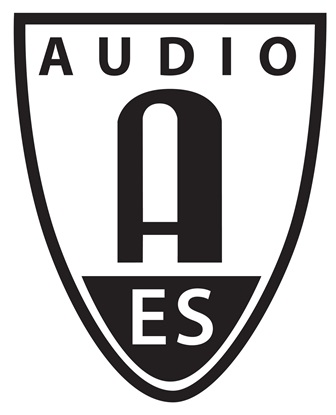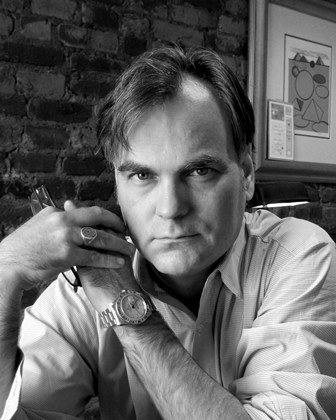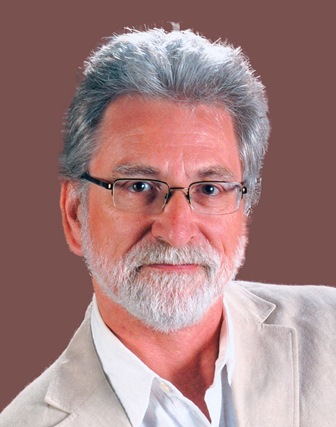AES Gathers in Los Angeles
LOS ANGELES—The number of exhibitors and registered attendees for the upcoming 137th AES Convention at the Los Angeles Convention Center is already higher than last year’s event in New York, a hopeful sign for the industry and an indication that the show floor is going to be busy. Away from the exhibits, organizers have also scheduled a busy technical program, and while not every session is relevant to the interests of broadcast audio engineers, some of the hottest topics in the industry are on the agenda.

David Bialik, now well into his second quarter-century as chair of the Broadcast and Media Streaming Track, commented that broadcast can encompass live, produced, transmitted, and streamed content. “There is video, audio, radio, television and there is an audience. Those are the aspects we look at,” he said.
AUDIO FOR NEXT-GEN VIDEO
Bialik has managed to create a dense program of sessions over the four days— October 9–12—this year. “Saturday is such a jam-packed day. Look at the schedule, from nine in the morning to 6:30 p.m.—there are no breaks between sessions,” he laughed.
“Audio Issues for 4K and 8K Television” will examine some of the ultra-high-resolution format trials to date. The panel brings together audio technology experts from Telos Alliance, TC Electronics, DTS, Fraunhofer, Dolby Laboratories and the NAB to discuss extended localization, multi-directivity, and three-dimensional acoustic space generation.
“Now that we’ve got HDTV pretty much done and sounding good, let’s come up with a new version. Let’s try to make this immersive; let’s try to deliver surround. Fred Willard of Univision is chairing that panel,” said Bialik.
On the subject of HDTV, a panel considering compliance issues with the CALM Act and Europe’s version, P/LOUD, will assemble representatives from broadcast organizations and manufacturers from both sides of the Atlantic in order to bring attendees up to date with global regulations and guidelines. “We’re going to talk about how not to get a speeding ticket,” said Bialik.
The adaptive streaming technology, MPEG-DASH, already adopted or considered for inclusion in many TV standards worldwide, gets its moment in the sun this year with a panel featuring technologists and users. “We’ve never really talked about DASH at all,” Bialik observed. “This should be a required panel for everybody coming into the audio industry.”
Get the TV Tech Newsletter
The professional video industry's #1 source for news, trends and product and tech information. Sign up below.
Another first this year is the panel “Understanding Audio Processing,” featuring representatives from Dolby, Telos Alliance, DTS, Wheatstone, and Orban. “We’ve had so many audio processing sessions in the past, but never on how to use it,” said Bialik.

Roger Charlesworth
Roger Charlesworth of the DTV Audio Group will chair a panel discussing “Audio Issues for Live Television.” “The lineup of mixers is incredible,” said Bialik, and includes Michael Abbott, Bruce Arledge, Jr., Kevin Cleary, Ed Greene, Hugh Healey, and Salvador Hernandez.
The DTV Audio Group is also hosting its annual five-hour open forum with discussions on IP infrastructures for audio and video contribution within the broadcast plant and in the field; and how IP infrastructures are transforming cable and over-the-top distribution. Object-oriented audio will also be discussed, and will include contributions from mixers and technologists familiar with the emerging immersive sound formats.
NETWORKED AUDIO
Network infrastructures, already commonplace in installed sound applications, live event production—and, increasingly, production and post-production facilities— are beginning to attract more attention in the TV industry. A Broadcast and Media Streaming Track panel on opening day will take a look at routing audio in a broadcast facility and discuss the challenges of implementing protocols such as AES67, AVB, Dante, Livewire and Ravenna in broadcast workflows. “It’s going to be engineers who are using these networks talking about it,” Bialik said. “There will be developers, as well.”

Tim Shuttleworth
There will also be a dedicated Networked Audio Track of sessions, chaired by Tim Shuttleworth, on burgeoning LAN and WAN applications in the audio industry. “One of the popular topics at this convention will be the deployment and performance verification for AES67 standard- based layer 3 systems, as well as the implementation of Ethernet AVB in cars, recording, and broadcast studios,” according to Shuttleworth, who is also engineering manager for Renkus-Heinz, a Foothill Ranch, Calif.-based manufacturer of professional loudspeakers.
This track also offers a dense program of events. Highlights include Landon Gentry of Audinate, developer of the Dante network protocol, who will present a primer on fundamental concepts of media networking; CobraNet developer Kevin Gross, who will offer a history of digital audio networking; a panel of experts, who will offer advice on practical issues in AES67 deployment; Rick Kreifeidt of Harman International, who will explain the benefits of AVB. There will also be a case study presentation on the implementation of the large-scale Ethernet AVB audio network at the ESPN plant in Connecticut.
Bialik negotiated with AES organizers to make several sessions available to allcomers. Two of these events are joint presentations with the Society of Broadcast Engineers, namely “Troubleshooting and Maintenance of Equipment” and “Troubleshooting Software Issues,” and are open to all badge holders.
The subject is near and dear to Bialik’s heart. “You would be surprised how many people don’t know how to repair anything, or maintain stuff. It’s my hope that, in a few years, we’ll see a troubleshooting and maintenance track.”
SBE certification has become recognized in the industry as verification of the attainment of knowledge and experience in broadcast engineering. Exams, open to anyone who pre-registers with SBE, are being held on the final afternoon of the AES Convention. Bialik commented, “Their exam is really the only way to quantify your knowledge of broadcast and audio technology today.”
For more information on the event, visitthe AES registration Web site.
Steve Harvey began writing for Pro Sound News and Surround Professional in 2000 and is currently senior content producer for Mix and a contributor to TV Tech. He has worked in the pro audio industry—as a touring musician, in live production, installed sound, and equipment sales and marketing—since November 1980.
